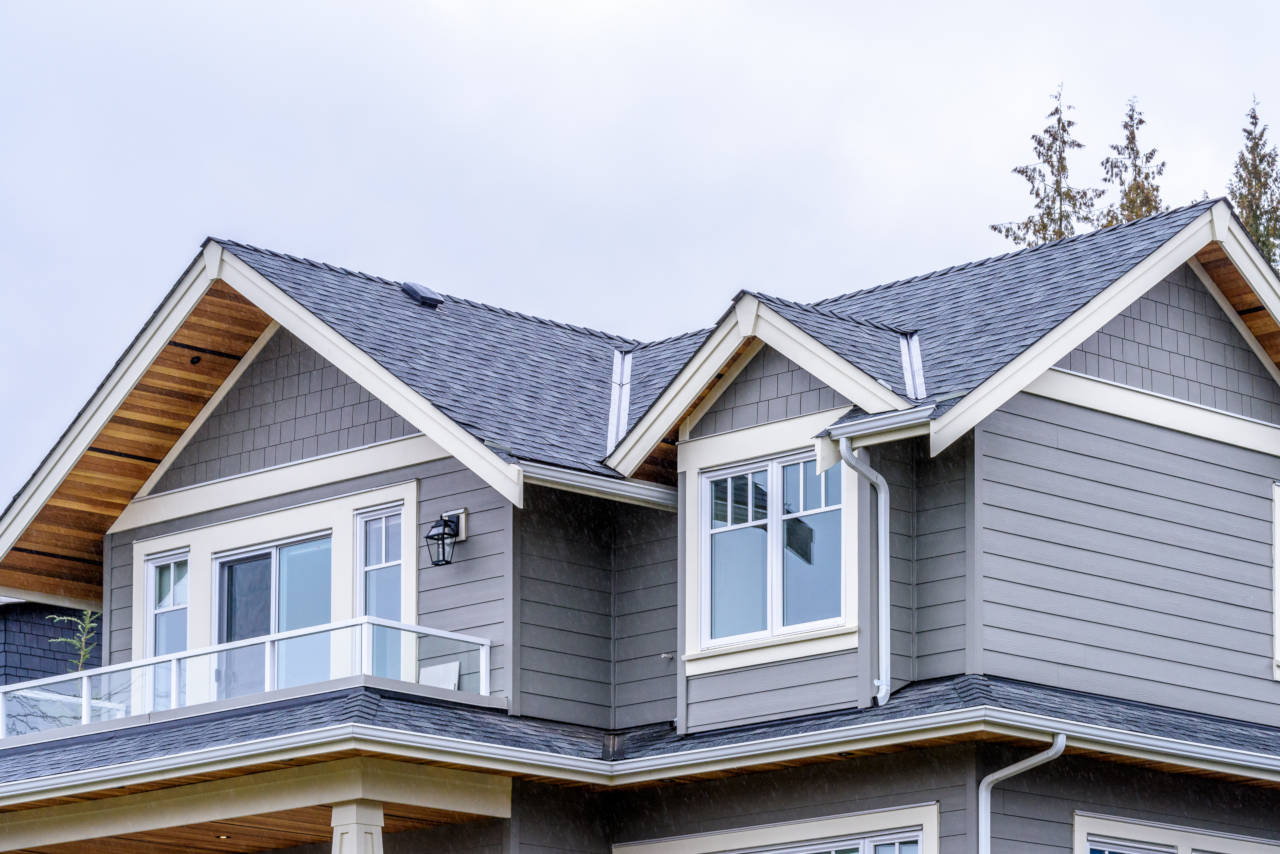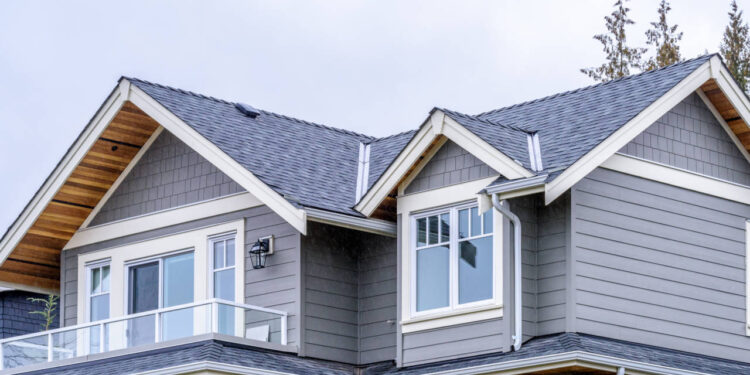Exploring the intricacies of the cost to replace vinyl siding, this article delves into the key factors, estimated costs, money-saving tips, and the importance of hiring professionals. With a blend of informative insights and practical advice, readers are in for a comprehensive guide on navigating the expenses of vinyl siding replacement.
Factors influencing the cost to replace vinyl siding
When considering the cost to replace vinyl siding, there are several key factors that can influence the overall price. Understanding these factors can help homeowners make informed decisions about their siding replacement project.
Types of vinyl siding materials
- The type of vinyl siding material chosen can greatly impact the cost of replacement. Basic vinyl siding is typically the most affordable option, while premium options like insulated vinyl or designer styles can be more expensive.
- Consider the durability, maintenance requirements, and aesthetic appeal of each type of vinyl siding material when making a decision.
- Higher-quality materials may have a higher upfront cost but could result in long-term savings due to their longevity and energy efficiency.
Size of the house
- The size of the house is a major factor in determining the cost of vinyl siding replacement.
- Larger homes will require more materials and labor, resulting in higher overall costs compared to smaller homes.
- Complex architectural designs, additional features like trim and accents, and the number of stories can also impact the cost of replacement.
Average cost estimates for vinyl siding replacement
Replacing vinyl siding can vary in cost depending on various factors. On average, homeowners can expect to pay between $3 to $7 per square foot for vinyl siding replacement. This cost includes both materials and labor.
Quality Levels of Vinyl Siding
- Basic quality vinyl siding: $3-$5 per square foot
- Mid-grade quality vinyl siding: $5-$6 per square foot
- Premium quality vinyl siding: $6-$7 per square foot
Additional Costs
In addition to the cost of the vinyl siding itself, homeowners may also incur additional costs during a replacement project. These costs can include:
- Removal and disposal of old siding: $1-$2 per square foot
- Repairs to the underlying structure: varies depending on the extent of damage
- Trim and accessories: $1-$3 per linear foot
- Permit fees: varies depending on location
Cost-saving tips for vinyl siding replacement
When it comes to replacing vinyl siding, there are some practical tips that homeowners can follow to help reduce costs. Whether it's through DIY installation or proactive maintenance, these strategies can make a significant difference in the overall expenses.
Consider DIY Installation
- DIY installation can help save on labor costs, as hiring professionals can be a significant portion of the overall expense.
- Before embarking on a DIY project, ensure you have the necessary skills, tools, and time to complete the job successfully.
- Seek guidance from reputable sources or tutorials to ensure proper installation and avoid costly mistakes.
Proactive Maintenance for Longevity
- Regularly inspect your vinyl siding for any signs of damage or wear, and address issues promptly to prevent further damage.
- Clean your siding regularly to prevent mold, mildew, or dirt buildup, which can deteriorate the material over time.
- Consider applying protective coatings or sealants to extend the lifespan of your vinyl siding and reduce the need for premature replacement.
Hiring professionals for vinyl siding replacement
When it comes to replacing vinyl siding, hiring professional contractors can offer numerous advantages. These experts have the experience, skills, and tools necessary to ensure a smooth and efficient replacement process
Advantages of hiring professional contractors
- Expertise: Professional contractors have the knowledge and experience to handle vinyl siding replacement efficiently and effectively.
- Quality work: Professionals can deliver a high-quality finish that enhances the appearance and durability of your home.
- Time-saving: Hiring experts can save you time and effort, allowing you to focus on other important tasks while they take care of the replacement.
- Insurance coverage: Reputable contractors are often insured, providing you with peace of mind in case of any accidents or damages during the project.
Typical process of hiring and working with a vinyl siding replacement company
- Research and shortlisting: Start by researching local contractors, reading reviews, and getting recommendations from friends or family. Shortlist a few companies based on their reputation and experience.
- Consultation and estimates: Contact the shortlisted contractors to schedule consultations and get estimates for the vinyl siding replacement project. Discuss your requirements and budget during these meetings.
- Contract agreement: Once you've selected a contractor, review and sign a contract detailing the scope of work, timeline, costs, and any warranties provided.
- Project execution: The contractor will then start the vinyl siding replacement process, which may involve removing old siding, preparing the surface, installing new siding, and finishing touches.
- Final inspection and payment: After the project is completed, do a final inspection with the contractor to ensure everything meets your expectations. Make the final payment only after you are satisfied with the work.
Tips on choosing a reputable and cost-effective contractor
- Check credentials: Verify that the contractor is licensed, insured, and has relevant certifications for vinyl siding installation.
- Ask for references: Request references from past clients to gauge the contractor's reputation and quality of work.
- Compare quotes: Get multiple quotes from different contractors to compare prices and services offered. Choose a contractor that offers a balance of quality and affordability.
- Written contract: Always have a written contract in place that clearly Artikels the project details, costs, timelines, and any warranties provided.
- Communication: Choose a contractor who communicates effectively, listens to your concerns, and keeps you updated throughout the project.
Conclusion

In conclusion, understanding the cost dynamics of vinyl siding replacement is crucial for homeowners looking to embark on this project. By considering the factors, estimates, cost-saving tips, and the benefits of hiring experts, individuals can make informed decisions that align with their budget and requirements.
Cheers to a successful vinyl siding replacement journey ahead!
Essential Questionnaire
What are the main factors influencing the cost to replace vinyl siding?
The main factors include the quality of materials, size of the house, and labor costs.
What are the average cost estimates for vinyl siding replacement per square foot?
Current estimates range from $3 to $8 per square foot, depending on the quality of the siding.
How can homeowners save costs on vinyl siding replacement?
Homeowners can save costs by comparing quotes, opting for DIY installation, and maintaining their siding regularly.
Why is hiring professional contractors for vinyl siding replacement advantageous?
Professional contractors ensure quality installation, offer warranties, and can save homeowners time and effort.
How do homeowners choose a reputable contractor for vinyl siding replacement?
Homeowners should check references, verify licenses and insurance, and compare multiple quotes before selecting a contractor.


